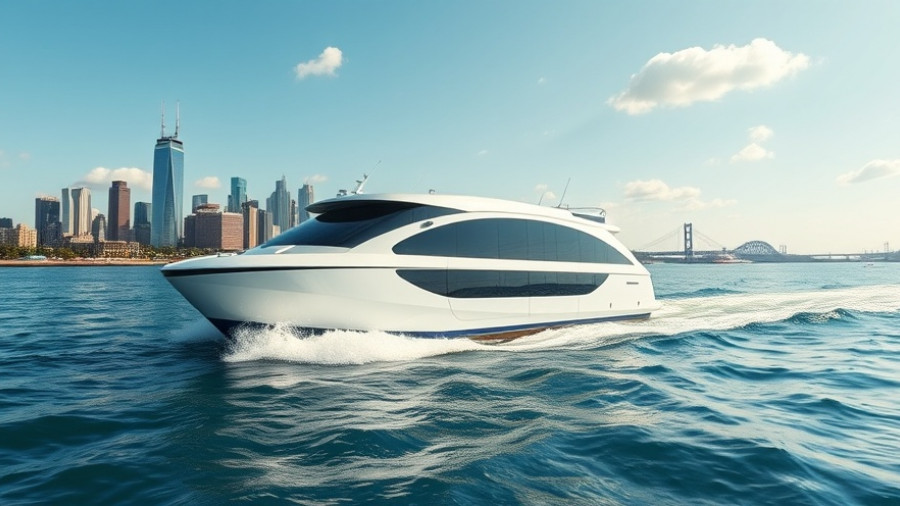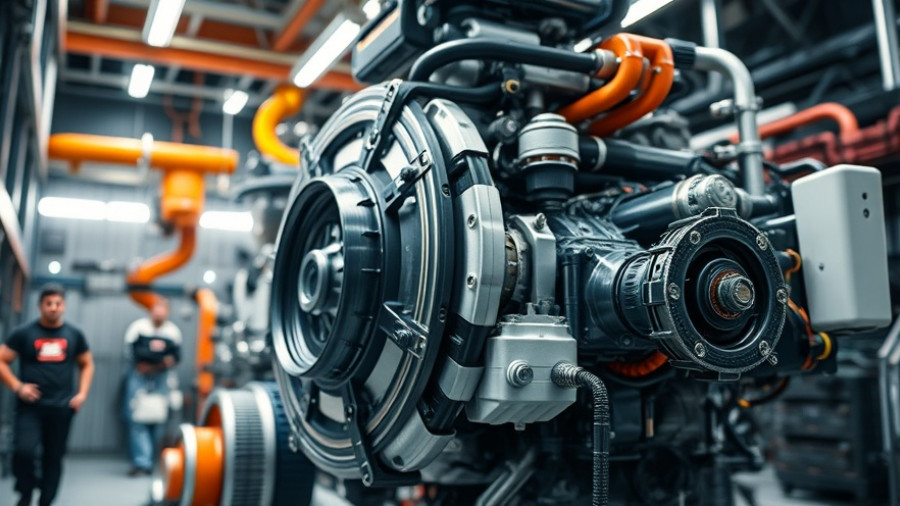
Introducing Marit Holmlund-Sund: A Key Addition to Steerprop
Steerprop, a distinguished name in the propulsion systems sector, has recently welcomed Marit Holmlund-Sund as its new director of brand, marketing, and communications. This appointment is set to bolster the company's efforts to expand its visibility within the maritime industry. With Holmlund-Sund's extensive experience in maritime marketing, Steerprop aims to leverage her expertise to enhance brand recognition across various vessel segments.
Holmlund-Sund's Impressive Background
Bringing over 25 years of experience in brand, marketing, and communications, Holmlund-Sund has a proven track record. Her previous tenure at Wärtsilä saw her managing brand reputation for products critical to the maritime sector. Additionally, her leadership role at Axopar, a Finnish adventure boating company, further solidified her position as a marketing expert. Most recently, she served as the head of international relations at Novia University of Applied Sciences in Finland, blending education and industry insights.
A Strategic Move for Steerprop's Future Growth
Steerprop's president and CEO, Riku-Pekka Häg, emphasized the significance of Holmlund-Sund’s unique background. He stated that her experience will play a pivotal role as Steerprop seeks to build its recognition beyond its established vessel segments. This growth approach is essential not only for the company’s legacy but also for harnessing new opportunities in the maritime technology market.
The Vision for the Future
In her own words, Holmlund-Sund expressed her excitement about the potential of Steerprop technology. She stated, "It is a pleasure to join a company that has an impressive reputation for high-quality technology, and has such huge potential to bring that quality to an even wider base of customers." This vision aligns with the company’s mission to create reliable propulsion systems that appeal to a broad audience.
Industry Implications: What This Means for Maritime Technology
Holmlund-Sund’s appointment comes at a critical juncture for the maritime industry, which is evolving rapidly due to technological advancements and environmental regulations. The push for cleaner and more efficient propulsion systems is paramount, making Steerprop's innovative developments increasingly relevant.
Looking Ahead: Opportunities and Challenges
As Steerprop embarks on this new chapter with Holmlund-Sund, the company faces both opportunities and challenges. The maritime sector is competitive, necessitating strategic marketing and brand positioning. Holmlund-Sund’s role will be pivotal in navigating these waters, ensuring that Steerprop remains at the forefront of maritime innovation.
The Human Factor: Connecting with Customers
At the heart of Steerprop's strategy is the human connection. Building relationships with customers is essential for understanding their needs and aligning products with market demands. Through effective communication and branding, Holmlund-Sund aims to amplify Steerprop’s message, making reliable technology more accessible to maritime operators globally.
Conclusion: The Future Looks Bright for Steerprop
With Marit Holmlund-Sund at the helm of brand and marketing, Steerprop is poised for future growth. Her extensive background and strategic insight promise to elevate the company's profile in a changing maritime landscape. It's an exciting time for Steerprop, and stakeholders are eager to see how this leadership will shape the future.
 Add Row
Add Row  Add
Add 




Write A Comment